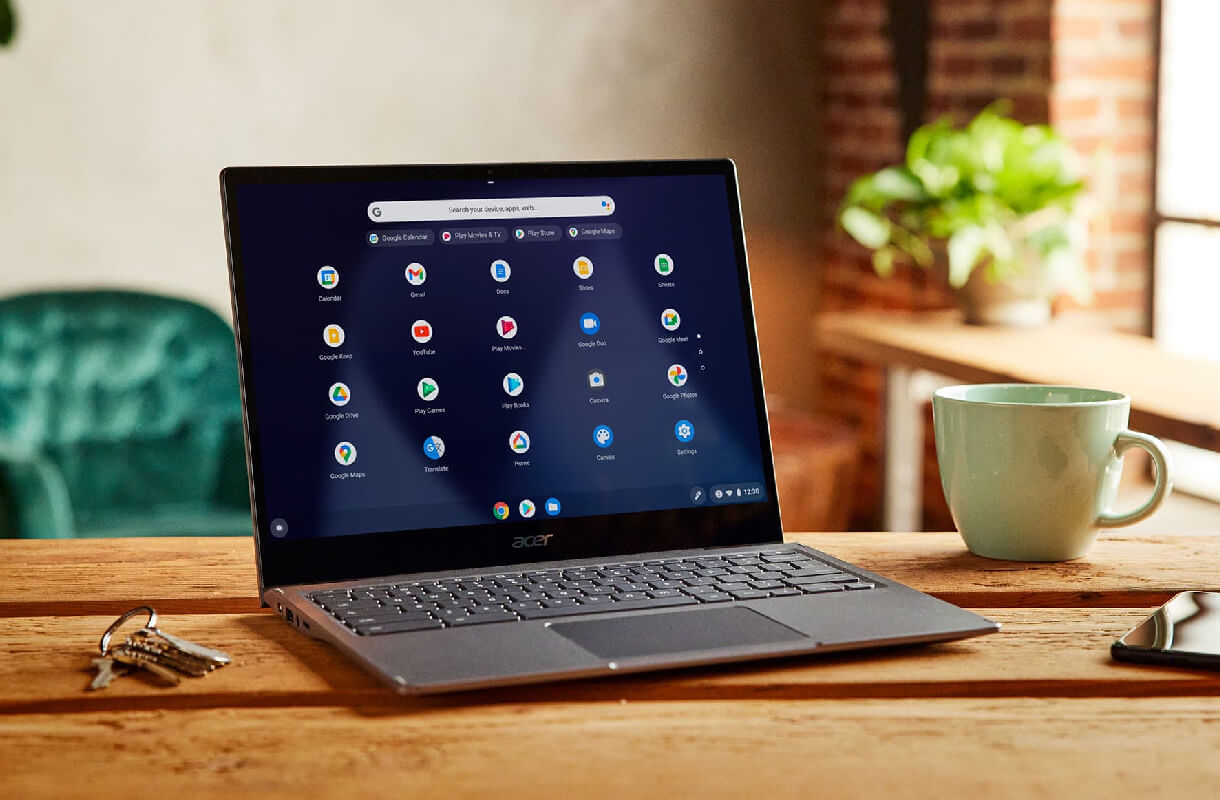
Chrome OS Tests Variable Refresh Rate(VRR) Support, as per the Chrome O 101 Dev channel. However, VRR is by default hidden in Chrome OS. This hidden feature is currently under a flag. To access these features, enable a flag at “chrome://flags/#enable-variable-refresh-rate” .
What is Variable Refresh Rate in Chrome OS?
Let’s understand VRR with an example.
Hertz determines the screen refresh rates, which determine; how many frames the monitor can display each second. In theory, this acts as a Fixed FPS. Even if your GPU may be able to render 119 FPS in certain games, a 60 Hz monitor can only show 60 of those frames every second. The monitor cannot physically handle all the frames rendered by the GPU while the GPU is actively pushing for 119FPS; the disbalance is what we call screen tearing, that is where VRR comes in.
The purpose of VRR is to prevent screen tearing. By matching the refresh rate of a display with the frames-per-second(FPS) of the PC. It limits the GPU to provide frames that can handle by the monitor, even though the refresh rate may not be optimal. Although this process reduces the chance of screen tearing, it might not be a permanent fix if you do GPU intense tasks like video/image rendering, gaming, editing.
Screen tearing is more common in the gaming world and can be hard to deal with since there will be a lack of performance, But if you’re not a gaming freak. Then it might not affect you that much. Still, watching a movie with VRR provides more quality that can impress normal users. There is a plus point too. VRR can give a significant boost to the battery life of your Computer.
Sum Up
Considering Google’s announcement, Chrome OS is making support for steam, which indicates Google is focusing on new gaming-focused Chromebooks. Google making gaming-focused series could hint that the VRR could align with big GPUs such as AMD and Intel, which provides the same experience. So, Chrome OS Tests Variable Refresh Rate provides a base for High-End game Support.
VRR might be possible on some newer devices connected to an external monitor that supports variable refresh rates. So, Don’t expect to have a better video experience on your device. As for now, VRR has only supported desktops; but could support Chrome OS tablets in the future.
Currently, Chrome OS is not a go-to choice for high frame-specific tasks, but with the VRR, Google may be able to solve this problem as well. Overall, Google has taken the initiative to make its OS compatible with visual rendering.






